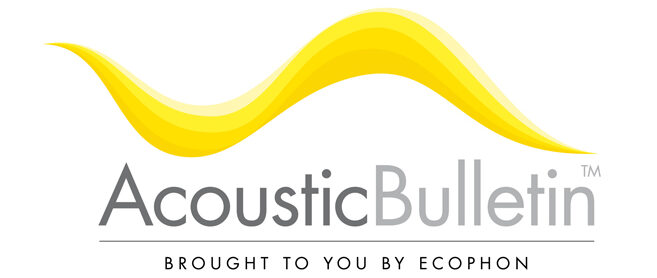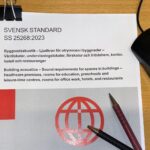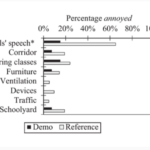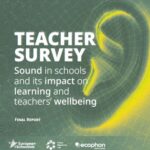Slovakia has a new STN 73 0527 acoustic standard that can finally improve conditions in schools! The new updated STN 73 0527 acoustic standard deals with room acoustics. In schools, universities, and spaces used for cultural, sports, social and public purposes. It aims at ensuring better quality and healthier acoustic conditions. New acoustic standard highlights […]
Education
Baltic-Nordic Acoustic Meeting 2024
On May 22-24, some 175 delegates from 18 countries gathered together in the beautiful venue at the Finnish-Swedish Cultural Center Hanaholmen. Located at the scenic seafront between Helsinki and Espoo in Finland. Three days of conference targeted even more than before to the people practising acoustics every day. This meant that one of the Baltic-Nordic […]
Renewed Room Acoustic standard, SS 25268:2023
Introduced in April 2023 the renewed room acoustic standard SS 25268:2023 [1] for the Swedish market is now less than a year old. The background and purpose of the standard is, among other things, to supplement the Swedish National Board of Housing, Building and Planning’s building regulations and other governing documents and to facilitate planning […]
People’s preferences of sound
Knowledge of the relation between people’s preferences and room acoustic parameters is critical for choosing the correct acoustic treatment and for creating good sound environments for people. In the frame of a PhD, people’s preferences regarding different acoustic environments were investigated. Their judgments were related to various room acoustics parameters. The results from the study […]
Classrooms beyond the minimum acoustic standard found to significantly reduce school noise and disturbance
According to the study, additional sound absorbing materials – e.g. acoustic panels, carpets and soft furniture – play a significant role in creating calm and pleasant learning environments. In a study published in 2023 by Turku University of Applied Sciences. It was found that the noise generated in the school environment from the activities of the […]
Sound in schools and its impact on learning and teachers’ wellbeing
New wellbeing report captures the results of a pan-European survey conducted by European Schoolnet under its Future Classroom Lab initiative. This Teacher wellbeing survey was available to educators in 13 languages between February 2023 and June 2023. It investigated the current state of school acoustics across Europe. The aim included understanding better what secondary school […]
Research and Development in Acoustics at Ecophon, EIAS 2023
In May 2023, it was again time for EIAS, Ecophon International Acoustics Seminar. We were utterly proud to once more host an event, focusing on development in room acoustics AND sharing a great time with some of the brightest minds within the field of acoustics. A bit more than 200 guests and 25 speakers from […]
Hungary’s Journey Towards Standardization in Room Acoustics: An Interview with Csaba Huszty
Standardization in Room Acoustics Room acoustics and electroacoustic systems are critical components of building design that can impact the quality of sound and speech intelligibility in various environments, from concert halls to classrooms and offices. In Hungary, the journey towards standardization in this area began over a century ago, but it wasn’t until 2020 that […]
Acoustic Design for Special Educational Needs (SEN) in Mainstream Schools
Acoustic Design for Special Educational Needs (SEN) in Mainstream Schools presented by Emma Greenland at EIAS2023. A review of the evidence base regarding acoustic design and special educational needs was undertaken. To answer the following questions on behalf of the Department for Education in England: What are the differing listening needs for students with different […]
Background noise in classrooms: How it affects performance (EIAS 2023)
EIAS 2023: Chiara Visentin, senior researcher at Eurah Research in Italy, held an interesting presentation at the recent EIAS2023. It was about the topic of background noise in classrooms, and how this affects the pupils’ task performance. Even though a classroom meets the minimum acoustic requirements, there is no guarantee that the room is an […]











